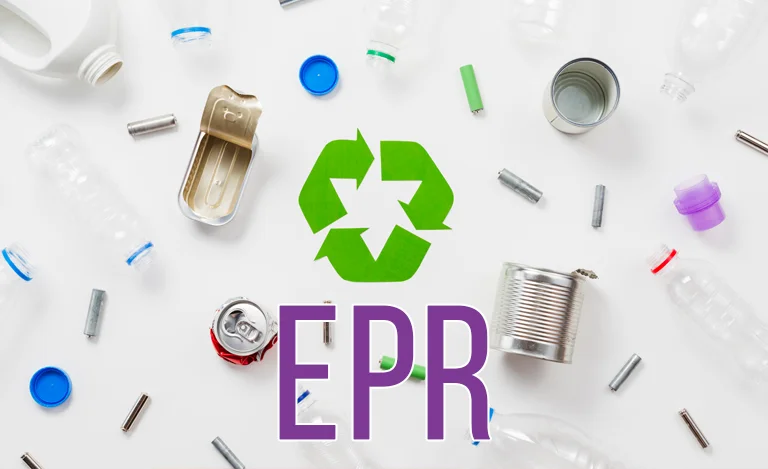What is PCR and The Shift Towards PCR Plastics
In a previous article on Extended Producer Responsibility (EPR), I have discussed the responsibility of brands to recover, recycle, reuse, and dispose of the products they produce. And how they need to innovate their waste management initiatives.
Now, what if you could shift to packaging made from recycled materials? Such a step could help you preserve the environment, stop depending on consumers to recycle after use, and cater to shoppers who favor sustainable brands.
This is the crux of PCR!
What is PCR?
The term PCR refers to Post-Consumer Recycled (reprocessed) plastic, primarily manufactured at recycling plants from items that consumers have, in a way, already recycled. Hence, PCR plastic is clean plastic that needs no further recycling. Since PCR plastic comes from reprocessed or post-consumer plastic waste, it reduces the load on landfills – which is a big PLUS.
Sustainable Packaging With PCR
PCR packaging film is a sustainable packaging alternative. It is made using the reprocessed PCR plastic which is derived from recycled materials like plastic bottles, cardboard boxes, and aluminum, etc.
Hence, it is a much better alternative to virgin plastic derived from non-renewable resources like natural gas, putting a strain on our environment.
Benefits of PCR Plastic And Its Usage
POSITIVE IMPACT ON THE ENVIRONMENT: Unlike virgin plastic, post-consumer recycled plastic is gentle on our planet. Since plastic waste gets rooted in recycling facilities, PCR plastic helps reduce toxic plastic waste that piles up at landfills.
STEP TOWARDS SUSTAINABILITY: There is a consistent rise in the number of shoppers and consumers sensitized about preserving the environment for their future generations. These individuals are making conscious efforts to buy from brands with strong sustainability goals. Hence, using PCR materials for your packaging needs will help you become more sustainable and tap into this growing consumer base.
FLEXIBLE PACKAGING MATERIAL: Today, PCR packaging films are being used to fulfill packaging needs across all major industries, including pharma and food. It is a flexible material that meets and passes all kinds of stringent quality checks.
CLOSING THOUGHTS
Today, companies worldwide are taking their sustainability goals seriously and recognizing the importance of reducing their carbon footprint. In this context, the shift towards PCR plastic materials is a welcome move. Though still in its early stages, it will be interesting to see how well brands adapt to this change and include post-consumer recycled plastic and packaging for their products.
Would you like an expert opinion on how you can support your sustainability goals with PCR plastic? Then feel free to book a discovery call with me at www.chetan-jain.com.










